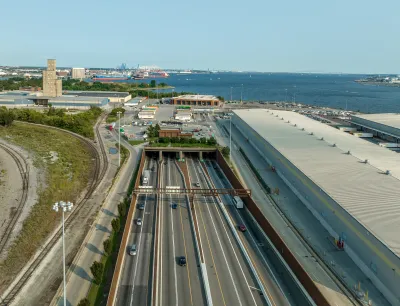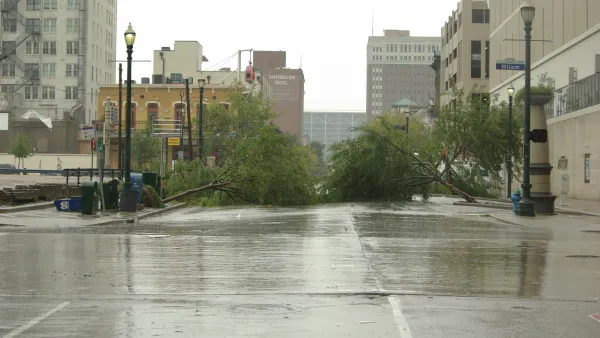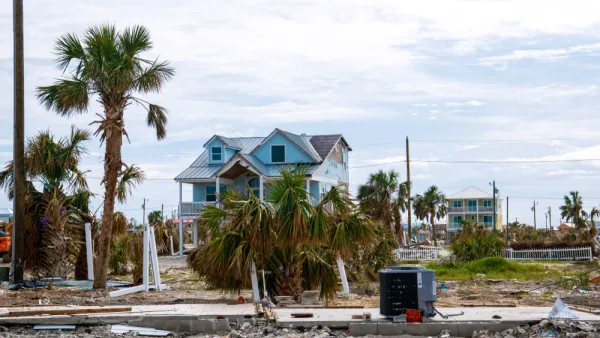In the face of growing flooding risk and increased traffic following the Francis Scott Key Bridge collapse, federal and state officials say protecting two of Baltimore's major transportation corridors from flooding is vital.

To help manage the risk of coastal flooding from rising sea levels and worsening storms, the U.S. Army Corps of Engineers has recommended building $77 million and 9,500 feet of floodwalls to protect Baltimore’s I-95 Fort McHenry and I-895 Harbor tunnels, two of the city’s major traffic thoroughfares, according to an article from the Baltimore Banner. “The plan comes after USACE and the Maryland Department of Transportation completed a three-year study into coastal flooding problems around Baltimore and potential solutions” and as motorists are using the tunnels as alternative routes following the collapse of the Francis Scott Key Bridge in March, reports Penelope Blackwell.
“It is very important to make sure these critical transportation routes remain open during a coastal storm event, maintaining access to jobs, commercial transportation routes and emergency services,” Joe Bieberich, the project manager for the storm risk study, said in the release.
According to the Baltimore Banner article, the Army Corps and the Maryland Transportation Authority are set to begin design work on the floodwalls later this year, with construction expected to start in 2027, pending congressional authorization and funding.
FULL STORY: Army Corps recommends $77M floodwall to protect Baltimore’s tunnels from storms

National Parks Layoffs Will Cause Communities to Lose Billions
Thousands of essential park workers were laid off this week, just before the busy spring break season.

Retro-silient?: America’s First “Eco-burb,” The Woodlands Turns 50
A master-planned community north of Houston offers lessons on green infrastructure and resilient design, but falls short of its founder’s lofty affordability and walkability goals.

Delivering for America Plan Will Downgrade Mail Service in at Least 49.5 Percent of Zip Codes
Republican and Democrat lawmakers criticize the plan for its disproportionate negative impact on rural communities.

Test News Post 1
This is a summary

Test News Headline 46
Test for the image on the front page.

Balancing Bombs and Butterflies: How the National Guard Protects a Rare Species
The National Guard at Fort Indiantown Gap uses GIS technology and land management strategies to balance military training with conservation efforts, ensuring the survival of the rare eastern regal fritillary butterfly.
Urban Design for Planners 1: Software Tools
This six-course series explores essential urban design concepts using open source software and equips planners with the tools they need to participate fully in the urban design process.
Planning for Universal Design
Learn the tools for implementing Universal Design in planning regulations.
EMC Planning Group, Inc.
Planetizen
Planetizen
Mpact (formerly Rail~Volution)
Great Falls Development Authority, Inc.
HUDs Office of Policy Development and Research
NYU Wagner Graduate School of Public Service





























